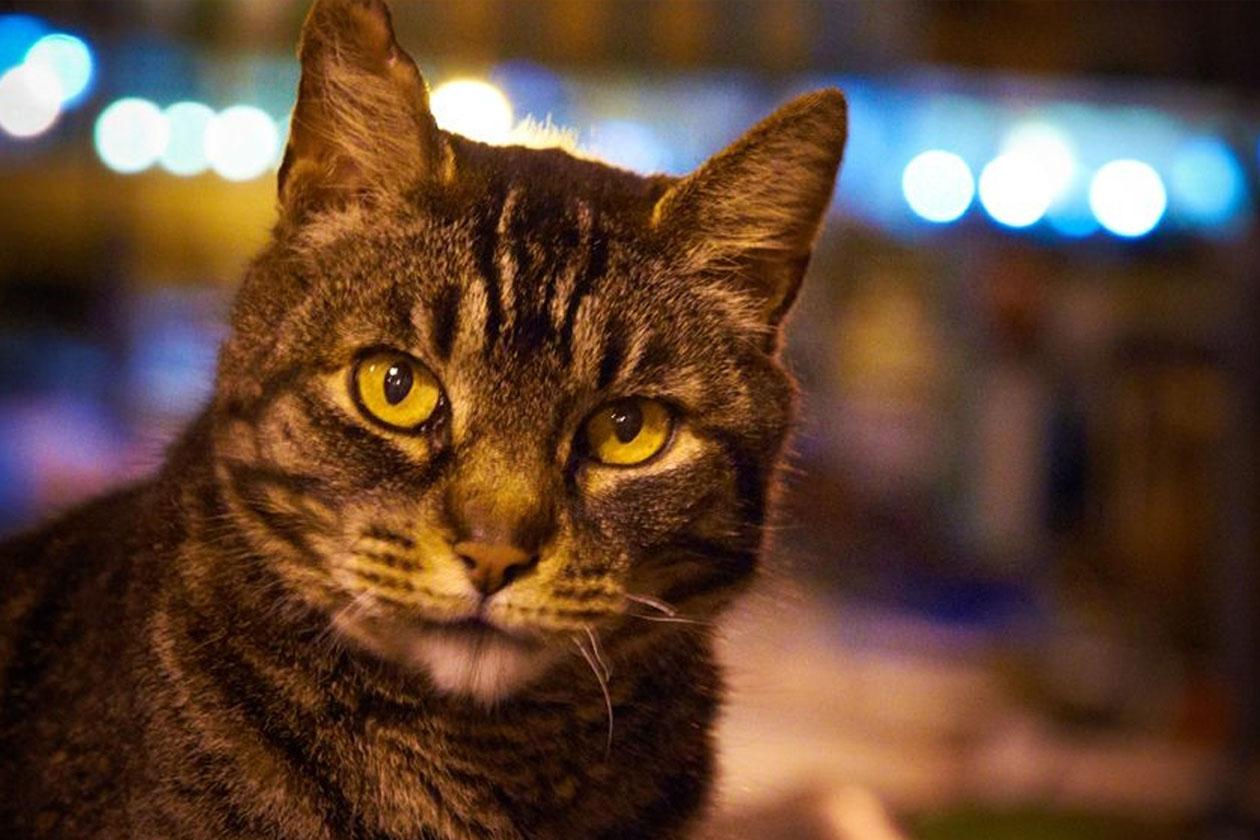Y: Is that your cat, Don? I think it has a present for you.
D: I’ve never seen this cat in my life, and I don’t know if I’d call a dead lizard a present.
Y: It looks like it wants a thank you.
D: I am always impressed by cats’ hunting abilities. They look so cute and cuddly, and then they turn out to be ferocious killers.
Y: You’re right—a lot of people don’t realize that they’re a pretty big threat to local animal populations. A group of researchers teamed up with citizen scientists from 6 countries to track the movements of and prey captured by pet cats. Hundreds of citizen scientists tracked their cats’ locations using GPS devices, and completed prey capture reports for the kills the cats brought home. The study included data from 925 pet cats, most of which lived in the US, UK, Australia, or New Zealand. Researchers then calculated the amount of prey killed by house cats per year and divided that number by the area in which the cats hunted. They made adjustments for prey-killed numbers, since cats don’t always bring what they kill home. Their results showed that cats killed an average of 14.2 to 38.9 prey per 100 acres per year, which is a 2 to 10 times larger impact on prey than wild predators. Although cats kill fewer prey a day than wild predators, they hunt in a more limited area, which makes their effects on local prey more concentrated.
D: I bet this cat would take those results as a compliment.
Y: I think it’s still waiting for a thank you.
D: I don’t think it’s going to get it.










